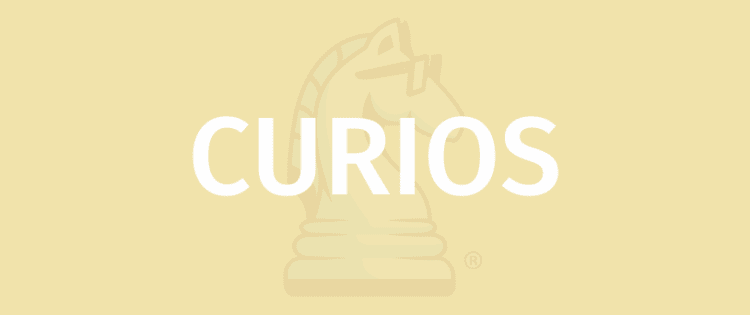
OBJECTIVE OF CURIOS: The objective of Curios is to have the highest total value of Artifacts when the game comes to an end.
NUMBER OF PLAYERS: 2 to 5 Players
MATERIALS: 4 Treasure Site Cards, 16 Market, Cards, 5 Sets of 7 Archaeologist Pawns, 1 Starting Player Token, 4 Sets of 14 Plastic Artifact Gems, and Instructions
TYPE OF GAME: Worker Placement Board Game
AUDIENCE: Ages 14 and Up
OVERVIEW OF CURIOS
In Curios, players act as archaeologists that travel the world in search of the lost treasures of the world. Players acquire artifacts, unsure of what they cost, as the market is constantly shifting. Players can figure out the worth of their products by watching the cards that are revealed by others.
SETUP
Each player will collect five Archaeologists that match in color. The starting player is randomly chosen and given the starting player token. The treasure sites are placed in the middle of the paying area, and the matching artifacts are placed below their Treasure Site. The Pyramid holds the yellow gems, the Colosseum holds the green gems, the Shipwreck holds the blue gems, and the Temple holds the red gems.
The number of each type of Artifact depends on how many players there are. If there are two players, there are eight of each artifact, three players have ten, four players have twelve, and five players have fourteen. A random market card is drawn and placed above the Treasure Site that matches it.
The cards are then shuffled and dealt to the players. If there are two or three players, everyone will get four cards. If there are four players, they get three cards, and five players get only two cards. The game is ready to begin once everyone has their hands.
GAMEPLAY
The game is played over the course of numerous rounds, each consisting of a Search for Treasure phase and a Recruit Archaeologists phase. During the Search for Treasure phase, the players will use their pawns to collect artifacts from various sites of their choosing. Beginning with the first player, and moving clockwise around the group, the players will choose a Treasure Site and use their pawns to fill the empty column beside it.
If the player is able to fill the column using their pawns, then they are able to collect one artifact from that site. If all of the columns in a Treasure Site are full, then no more pawns can be placed there. Once the player has collected their artifact, the next player will begin their turn.
Once players finish treasure hunting, they will gather their Archaeologists and begin the Recruiting round. Beginning with the first player, every player has a chance to recruit another pawn to their team. In order to do so, the player must play a Market card from their hand face up to the group. Players may choose to pass if they do not want to give up any information about their hand.
END OF GAME
The game comes to an end when two or more Treasure Sites no longer have artifacts available. The round is played out, and then scoring begins. The Market cards above the Treasure Sites determine the value of the artifacts that match their color. The players will tally the value of their artifacts, and the player with the highest value, wins the game!
- 20 CLASSIC OUTDOOR GAMES FOR KIDS - January 3, 2023
- 10 FUN VIRTUAL GAMES THAT ARE PERFECT FOR GROUPS - October 5, 2022
- 35 BABY SHOWER GAMES - September 3, 2022